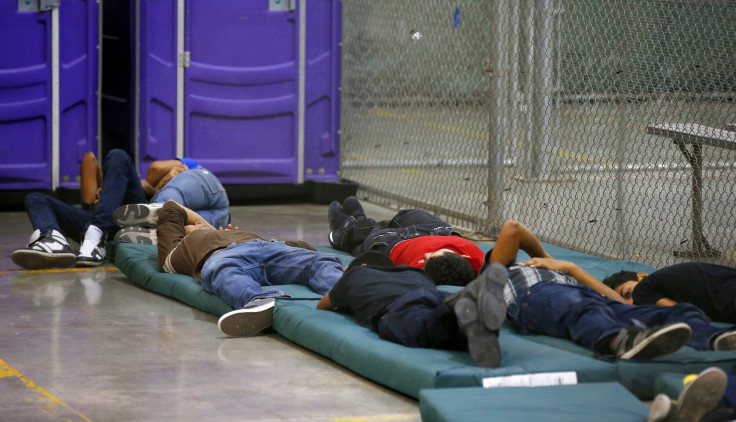Flow of Child Migrants Into US May Be Slowing Down

As debate rages on in Washington over how the Obama administration should handle the tens of thousands of Central American children who have come into the country, the influx is showing signs of slowing down.
Kevin W. Oaks, the Rio Grande Valley Border Patrol chief, said Thursday that agents in south Texas have detained fewer unaccompanied child migrants in recent weeks. While June saw a daily average of 200 to 300 detentions, he said, that number dropped to 80 last Wednesday.
Meanwhile, the New York Times also reported that police and bus operators in Honduras, the largest source of the wave of migration, are also seeing fewer children making the northward trek in recent weeks.
It’s difficult to pinpoint any direct cause of the recent slowdown, or to even say whether this trend will continue, but the U.S., Mexican, and Honduran governments have all actively taken steps to halt the flow of migration. The U.S. Customs and Border Patrol agency launched a $1 million campaign earlier this month for billboards, radio and television spots, and even a pop song to discourage parents from sending their children up north to the United States.
The U.S. has also trained and funded an elite Honduran special police unit tasked with stopping children from migrating out of the country. Meanwhile, Mexico deported more than 10,000 Central American children in the first half of this year, and President Enrique Peña Nieto has vowed to step up security at the border with Guatemala.
The United States deported a group of 59 migrant women and children by plane to Honduras last week. White House Press Secretary Josh Earnest said the move would be a “signal” to Central Americans that they would not be unequivocally allowed to stay in the U.S. But immigrants’ rights advocates say because violence has been overwhelmingly driving the surge, Central Americans will continue to attempt the journey to the U.S. border, regardless of whether they make it all the way there.
© Copyright IBTimes 2025. All rights reserved.






















